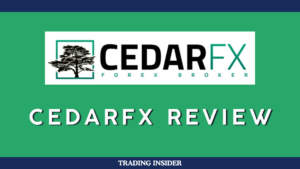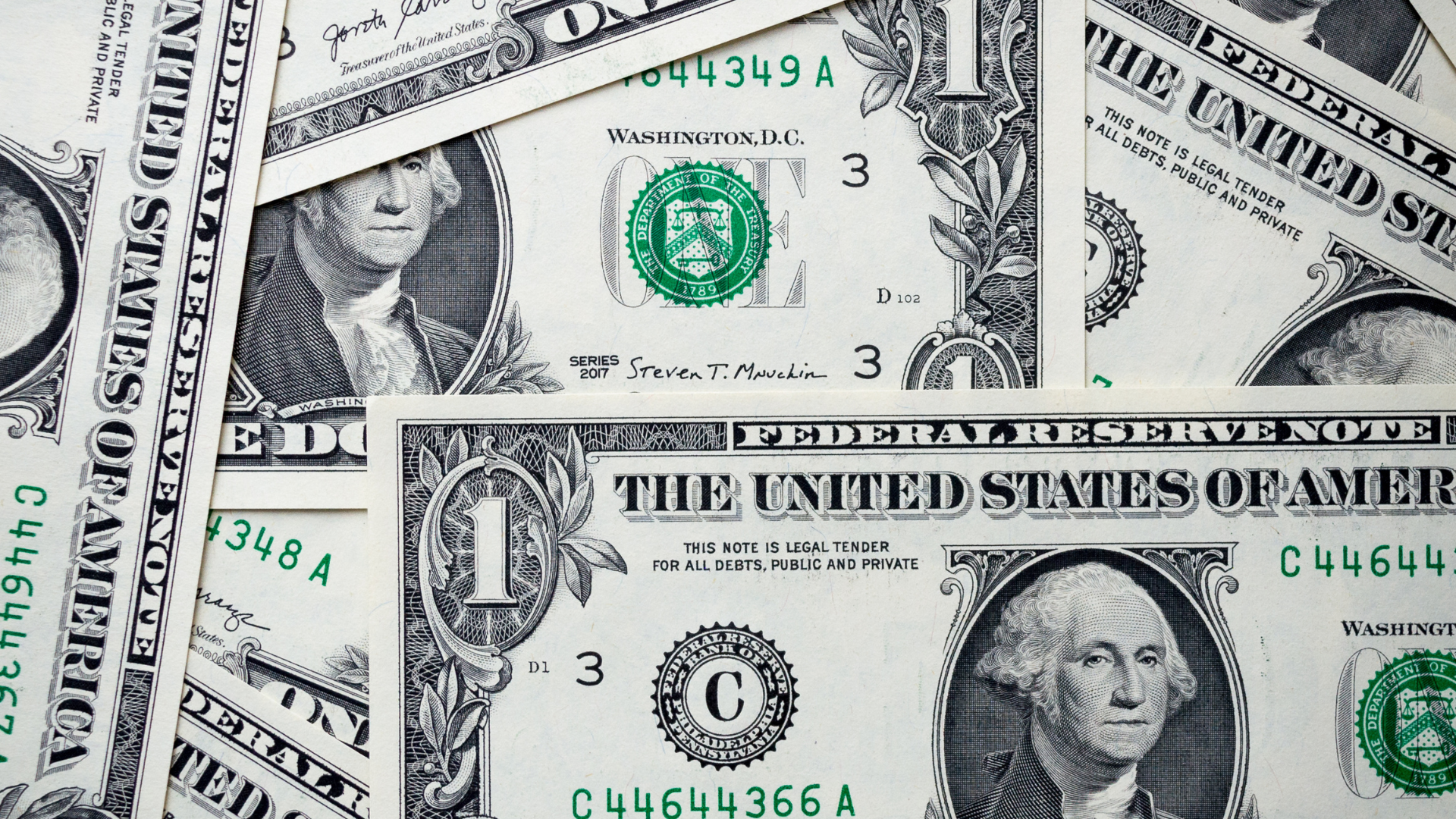The U.S. Dollar strengthened on Wednesday, with the U.S. Dollar Index (DXY) rising as markets responded to the latest Federal Open Market Committee (FOMC) Meeting Minutes. The DXY, which measures the dollar’s performance against a basket of six major currencies, climbed as investors reassessed the likelihood of aggressive rate cuts in the coming months.
The September Minutes revealed that Fed officials are cautious about committing to a definitive easing path, emphasizing a data-driven approach to monetary policy. While there are clear signs of economic moderation, resilience in certain sectors has led the Fed to maintain flexibility in its decisions, avoiding any hard commitments to rapid rate cuts. This has kept the dollar in demand as traders adjust to the central bank’s uncertain stance.
Fed officials noted that while risks to inflation have decreased, the labor market remains robust, complicating the central bank’s efforts to cool the economy without triggering a slowdown in job growth. This dynamic has supported the greenback, which tends to benefit from safe-haven flows during periods of economic uncertainty.
Technical indicators like the Relative Strength Index (RSI) and Moving Average Convergence Divergence (MACD) signal strong bullish momentum for the dollar, suggesting there could be further gains ahead in the near term. Key resistance levels at 103.00 and 103.50 are now within reach, while support levels hover around 102.00 and 101.80.
Despite the dollar’s recent rally, the broader outlook remains mixed, with many traders cautious about whether the Fed will deliver more rate cuts by year’s end. The FOMC Minutes highlighted the central bank’s reluctance to lock itself into a predefined course of action, signaling that future moves will depend heavily on upcoming economic data, particularly inflation and employment figures.
As traders await fresh insights from upcoming U.S. economic releases, including inflation and jobs data, the market’s focus will remain on the Fed’s balancing act between managing inflation risks and supporting growth. With no clear signal of an aggressive easing cycle, the dollar may continue to find support in the near term, while market participants adjust their expectations.













